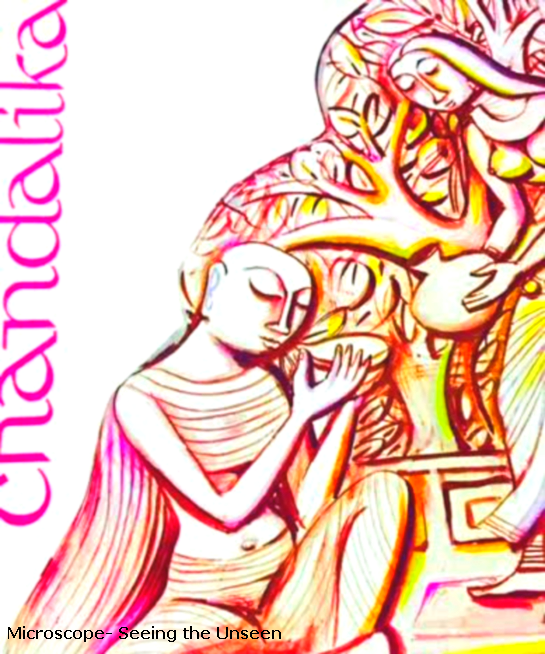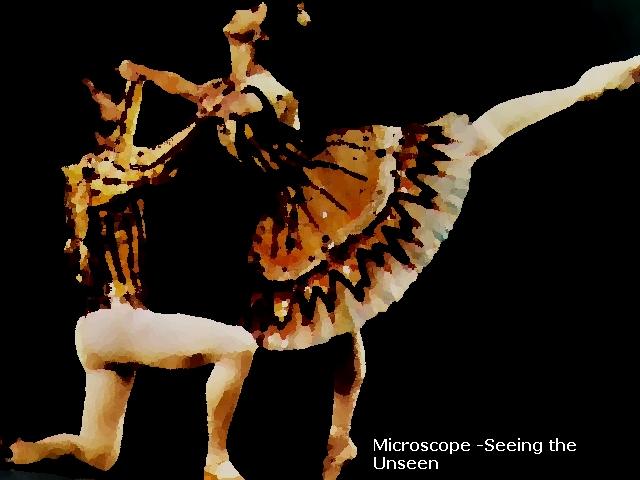
Let your life lightly dance on the edges of time like dew on the tip of a leaf. Rabindranath Tagore
When something wonderful happens we use phrases like “I feel like dancing” , “I could jump with joy”, and when we are angry we say “I’m hopping mad”. Do you know why we use these phrases of movement? We are responding to an instinct that is more ancient than speech or music. It is called “Dancing.”
Dancing is the oldest of the arts. Early man danced to describe what he was doing. This was even before he added simple music or songs to accompany the movements.
The urge to dance, or to express ourselves by the movement of our bodies, is so basic that it must have existed in men, even in the ancestors of men for thousands of years.
Dancing makes patterns in space and to have any real meaning requires a sense of rhythm. The body movement perform to some sort of regular beat or pulse. Rhythm is one of the most important features of dancing.
As a little child I took few simple dance lessons in the dancing school of renowned Amala Shankar. Later I learned to dance in my school Loreto House, where I studied for 12 years. Our dance teacher was famous dancer and choreographer Shanti Bose.
Along with other children I participated in the Bengali “Rabindra Nritya Natya” (Dance Drama) Chandalika. At an early age I realized that dancing was not just a matter of dance steps. Certain signs have been carefully worked out and instinctive actions play an important role.
Signs have always been used by people to communicate with each other. Example: A nod of the head means the same thing in most parts of the world. Rhythmic movement of fingers and hand gestures are used to express various emotions.
Why should children learn to dance at a young age? As a doctor now I know the reasons.
1) Dancing is an excellent form of physical exercise.
2) It is an artistic expression through the use of the body. Dancing helps in creative and artistic development of a child.
3) Dancing enhances physical function, mental health, and well-being of a toddler.
4) Dancing improves muscular endurance and strength of the legs.
5) The body becomes more flexible. There is strengthening of lower legs which improves balance and agility. Dancing increases aerobic power and makes one more energetic.
6) It psychologically prepares a child for more serious activities as it improves brain function. Learning complicated dance steps improves memory.
7) It has a positive effect on cardiovascular system and improves heart’s ability to pump blood to the lungs.
8) Dancing helps to keep the joints flexible, the muscles around the joints strong. There is greater strength of hip joint.
9) It strengthens the spinal column and the supporting muscles, ligaments, and tendons.
10) A child grows up to have a graceful bearing and gait.
11) Body of a dancer is trim and fit, with greater than average range of motion.
12) Dancing instantly elevates mood, boosts happiness, increases confidence and self-esteem and reduces stress.
As a world traveler I have seen some exceptionally beautiful dance forms like Ballet, Waltz, Tango, Belly Dancing and various types of folk dancing.

I was not born to be a dancer but I have great respect for all professional dancers. They belong to a fascinating world and will remain eternally young and healthy.